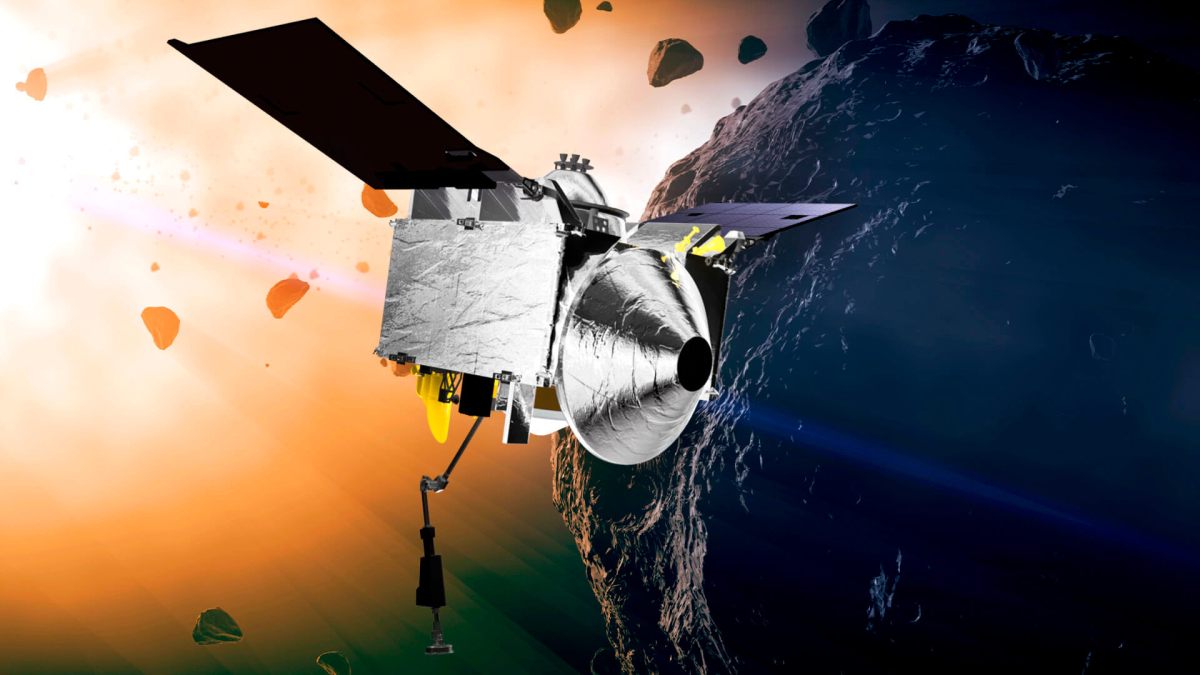A space capsule carrying NASA’s first asteroid samples streaked toward a touchdown in the Utah desert Sunday to cap a seven-year journey.
Flying by Earth, the Osiris-Rex spacecraft released the capsule from 63,000 miles (100,000 kilometers) out. The capsule was expected to parachute down four hours later onto the military’s Utah Test and Training Range.
Scientists anticipated getting at least a cup of rubble from the carbon-rich asteroid known as Bennu. About a teaspoon was returned by Japan, the only other country to bring back asteroid samples.
The pristine samples are believed to be the leftover building blocks from the dawn of our solar system and will help scientists better understand how Earth and life formed.
Osiris-Rex rocketed away on the $1 billion mission in 2016. It reached Bennu two years later and, using a long stick vacuum, grabbed dust and pebbles from the small roundish space rock in 2020. By the time it returned Sunday, the spacecraft had traveled 4 billion miles (6.2 billion kilometers).
Now free of the sample capsule, Osiris-Rex is already targeting another asteroid. That encounter won’t occur until 2029.
NASA’s recovery effort in Utah includes helicopters and a temporary clean room set up at the range. The samples will be flown Monday to a new lab at NASA’s Johnson Space Center in Houston.


















